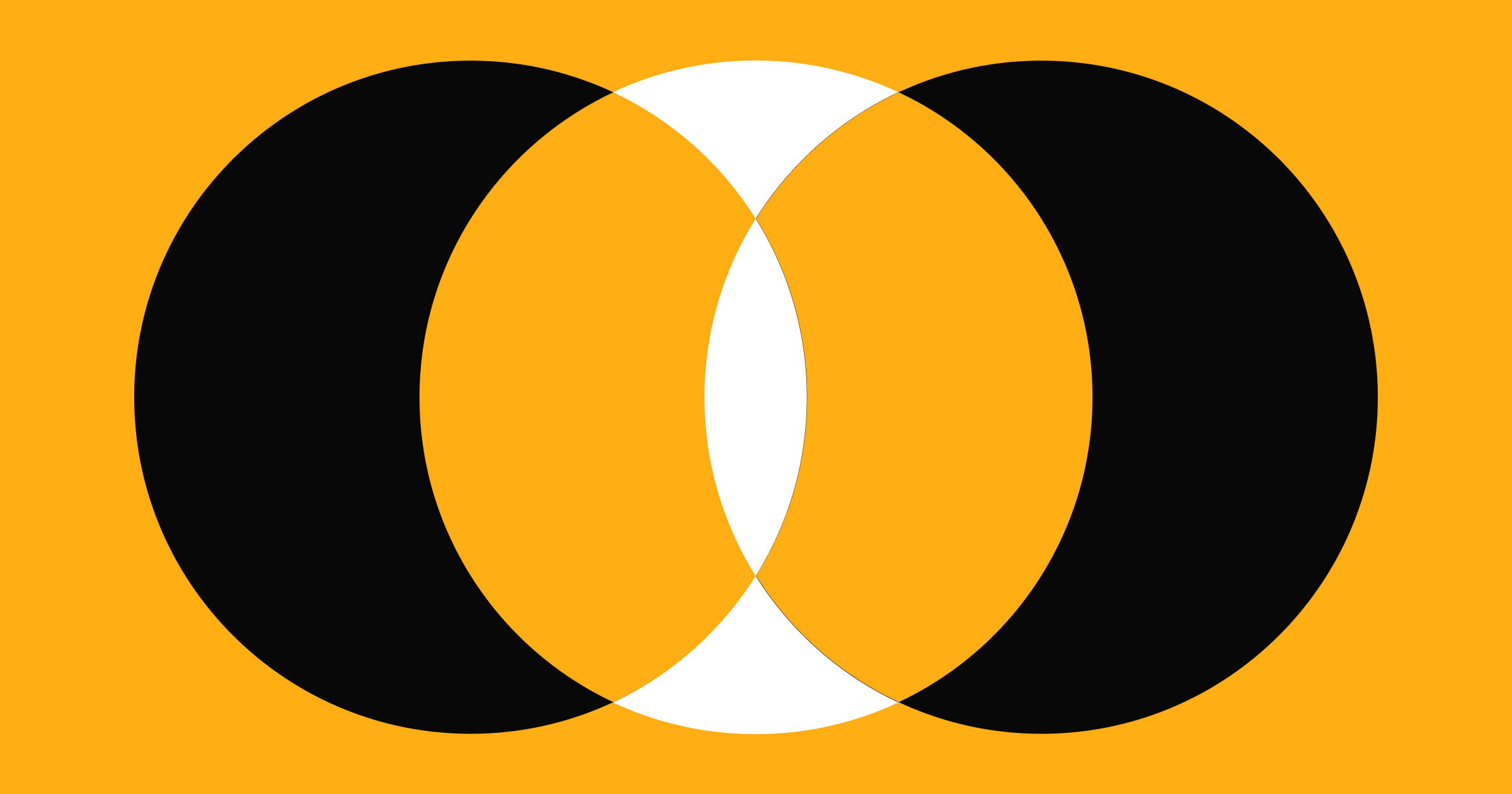You need to protect yourself and your work with a formal contract — especially if you’re a freelancer.
At many companies, you're required to sign a contract that covers job responsibilities, workplace policies, and compensation. It’s a clear agreement that lays out everyone's expectations from the start.
While you're not a full-time employee, you can still ask clients to sign a freelance contract before starting a project. This contract defines expectations for both sides, fosters trust, and sets the stage for a healthy working relationship.
If you don't have contracts in place already (or don't know how to make a contract), we’re here to walk you through the process.
What is a freelance contract, and why do you need one?
A freelance contract is a legal document that outlines your project terms with clients, covering everything from payment and deadlines to intellectual property rights. It serves as your protection when working with businesses or individuals, establishing clear expectations from the start.
When you have a contract, it protects both you and your client throughout the arrangement. A freelance contract:
- Is a legally binding agreement that ties both you and the client to its terms
- Makes sure both parties know their responsibilities
- Clarifies payments, timelines, and deliverables
- Reduces disagreements about the arrangement
- Safeguards your rights as a freelancer
- Protects your work from misuse
Even with trustworthy clients, a formal agreement prevents misunderstandings and gives you legal backing if problems arise. Think of it as insurance for your freelance business — something you hope you won't need but will be grateful to have if things go sideways.
What are common problems if you skip a contract?
You might feel like you don't need a freelance contract if you've never had issues with clients. Unfortunately, waiting until something goes wrong leaves you open to exploitative behavior. Regardless of your past experiences, you could face problems like:
- Unpaid invoices or late payments
- Scope creep (unexpected additions to a project’s scope that weren’t initially agreed on)
- Stolen work and intellectual property issues
- Missed deadlines
Starting any freelance project without a contract puts you at risk. They are critical for legal backing, so confirm yours includes all relevant clauses.
Key terms for your freelance contract
Each contract is unique to your project, but it should still include terms that set clear expectations for both sides. You might already have a go-to template, but review these key clauses to see if you need to add anything.
Here are eight key terms to include in your contract.
1. Names and personal information
The first thing to include is your legal name and the client's legal or company name, plus phone numbers, emails, and addresses. Use official names from IDs and tax forms.
Using legal names, work numbers, and professional emails shows you're conducting business, not simply working with an individual. Ask for the client's physical business address unless it's the same as their residential address.
If you're offering services to an organization, identify the person who will be your point of contact for the project's duration. Having a primary contact helps both parties avoid confusion and streamlines workflow.
2. Project overview and scope
Start with a brief project overview: one or two sentences describing your services and the client you're serving. Then introduce the project scope, which explains the details of your work.
A good project scope describes the exact terms of your contract and clarifies the time or bandwidth you'll commit. Stay clear and thorough to avoid scope creep and surprise tasks. For instance, you might build a website but not handle domain registration or publishing.
A project scope should include the following:
- Your start date
- Your overall timeline
- A detailed list of services you'll provide
- Your end date
- Payment schedule and rates
3. Deliverables
Deliverables are the specific items or tasks you must complete for the client. They can include drafts, final submissions, or anything else you agree to provide.
When creating your contract, list each deliverable in detail along with due dates. Decide if you'll send drafts for feedback to clarify expectations.
Deliverables help you and the client share the same vision of “quality.” Clear details also prevent excessive revisions.
For example, if you're designing a website over four weeks, you might follow this schedule:
- Week 1: Choose typography
- Week 2: Select a color palette
- Week 3: Curate images and videos
- Week 4: Deliver final site
If you're a web designer and need a little help, check out our dedicated guide on contracts for web designers to see what to include in your freelance agreement.
4. Deadlines
Deadlines help you and your client structure the project. Define them for each deliverable as well as the final handover.
Figure out how long each task should take, then add a buffer of a few days. This cushion helps if surprises like illness or time off slow you down.
You also need to account for revisions. If a client gives late feedback, the overall timeline should adjust accordingly.
For instance, if your client is two days late with feedback, extend the project deadline by two days. Also clarify what happens if you miss a deadline, which is why a small buffer is helpful.
5. Intellectual property
Intellectual property rights matter most if you produce creative work, such as writing, design, or photography. Your contract should address who owns the final material and how it can be used.
- Your client gets explicit rights to each paid deliverable.
- You keep rights to anything they haven't paid for.
Think of it as granting a license rather than full rights. If you haven't licensed certain uses, the client can't legally use your work for those purposes.
For example, if you ghost write an autobiography, your client only has the right to publish it as a book. Without an added license to create an audiobook, they’re not legally allowed to produce it in that format.
6. Payment terms
It’s frustrating if you don’t get paid soon after finishing a project, so include payment terms in your contract. That way, you have recourse if your client doesn't pay.
- Are you charging an hourly or project-based rate?
- Will you set a minimum or maximum number of hours?
- When will you get paid? Will you invoice for the entire projector after each deliverable?
- Will the client pay a deposit before you start?
- Is there a late fee if payment is overdue?
- Will the client cover project expenses if needed?
- Which payment methods will you accept (cash, wire transfer, PayPal)?
Payment terms protect you if the client disappears. Ideally, that never happens, but you should still be prepared.
7. Termination clause and kill fees
A termination clause gives you or your client a way to end the agreement if it isn't working. It covers issues like missed deadlines, poor communication, or disagreements about deliverables.
Either side might spot problems during the project, like communication breakdowns or missed due dates. A termination clause lets you amicably end the agreement under these circumstances.
Your contract should state clearly when services can end and include kill fees. Kill fees ensure you’re paid for completed portions of work if the project ends early. This protects you from losing income if the client changes their mind or circumstances.



















Grow your freelance business
Take on more clients and build websites faster. Webflow empowers freelancers to design and deliver with confidence, while keeping full creative control.
Dos and don’ts for your contracts
With those key sections covered, let’s review the dos and don’ts for your freelance contracts. Use them to shape a strong, professional agreement.
Do: Include an NDA
NDAs, or non-disclosure agreements, are legally binding and create a confidential partnership. They limit how much info you can share with people outside the agreement.
- Internal data
- Financial details
- Trade secrets
You might receive sensitive client info like customer lists, financial data, or expansion plans. An NDA covers these topics and assures your client you’ll keep them confidential.
Do: Consult a legal expert
This article offers general guidance but doesn't replace professional legal counsel. Always review local laws or consult a licensed attorney if you need specialized advice. Remember that this is general information, not a legal substitute.
A contract is legally binding and can be used in court if someone violates its terms. Since laws like copyright can be tricky, consider having a lawyer review your contract.
Don’t: Skip setting boundaries
You have plenty of flexibility as a freelancer, but you still need clear boundaries. Clients shouldn't assume you're available at all times or can do endless revisions.
- Communication boundaries. Decide whether phone, email, or Slack is best. Let clients know your preference so they're not guessing.
- Working hour boundaries. Include off hours, weekends, and holidays in your schedule. Let clients know your availability so they won't overstep.
- Project-related boundaries. Decide how long you'll need for changes and how many revisions you'll allow. Clarify if additional edits cost extra.
Don’t: Start without a percentage of upfront payments
Always request a portion of your fee before you begin a project. It can cover equipment, travel, or other expenses.
If your project spans several months or works on a retainer, make sure you have enough funds to avoid cash-flow issues. A small deposit underscores commitment from both sides, minimizing misunderstandings and payment delays down the line.
How to finalize your freelance contract
Once you've drafted your contract, review it carefully with your client to confirm all terms. Make sure both of you sign, either electronically or in person, and keep a copy on file. It's a good idea to store a digital version in a secure location for easy reference.
Protect your freelance business
Freelancing gives you freedom that traditional jobs don’t offer. But you should still balance passion with profit so no one exploits you.
Freelance contracts shouldn't intimidate you. They exist to support and protect your work, making them worth the time investment.
At Webflow, we're here to help you elevate your freelance work. Find resources on building professional websites, marketing your services, and safeguarding your projects.
Check out our article on the best freelance platforms to see how they protect freelancers and ensure you get paid. You'll also find plenty of potential clients on these platforms, so it's a great place to start promoting your services.

Grow your freelance business
Take on more clients and build websites faster. Webflow empowers freelancers to design and deliver with confidence, while keeping full creative control.






























